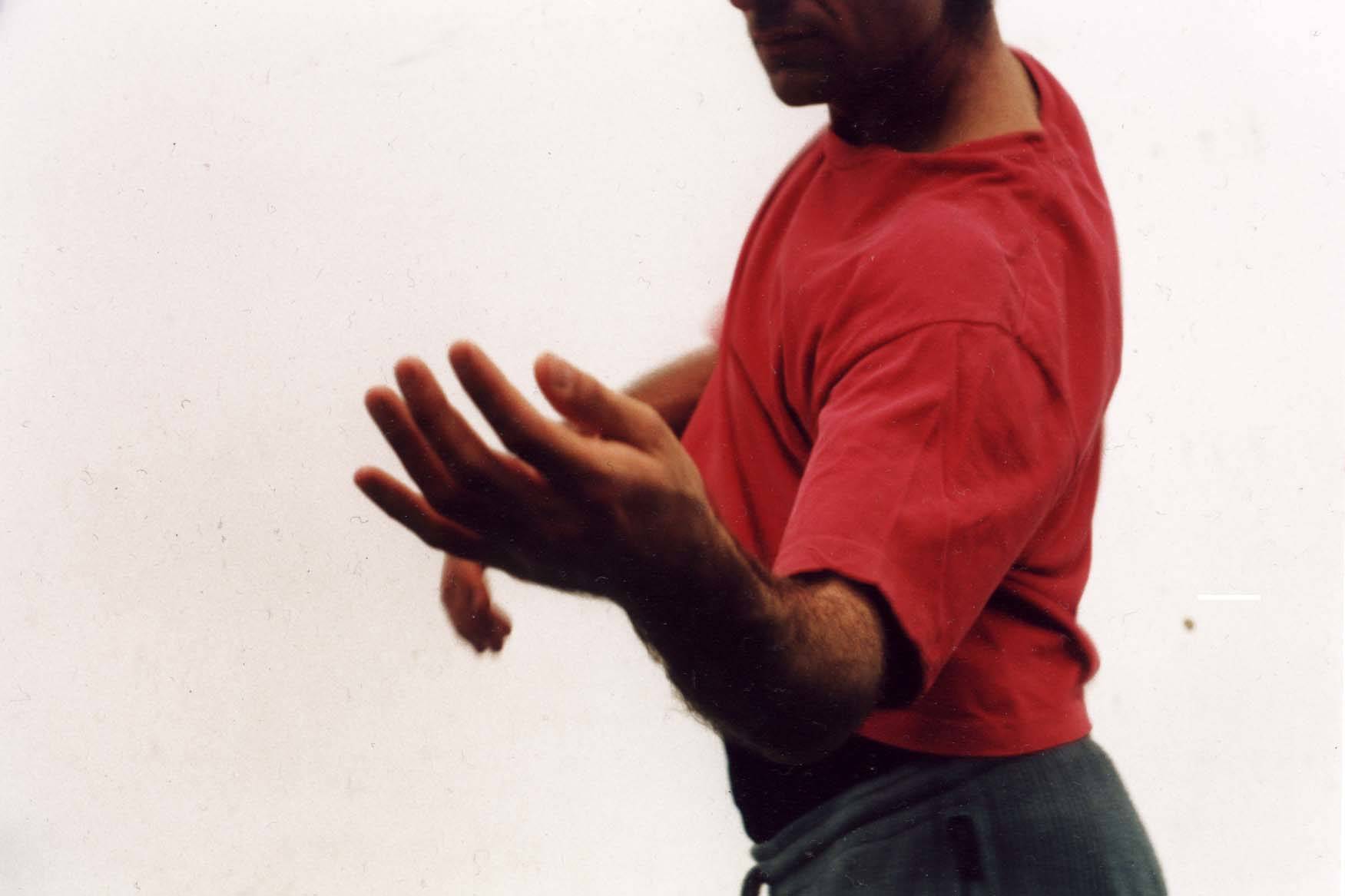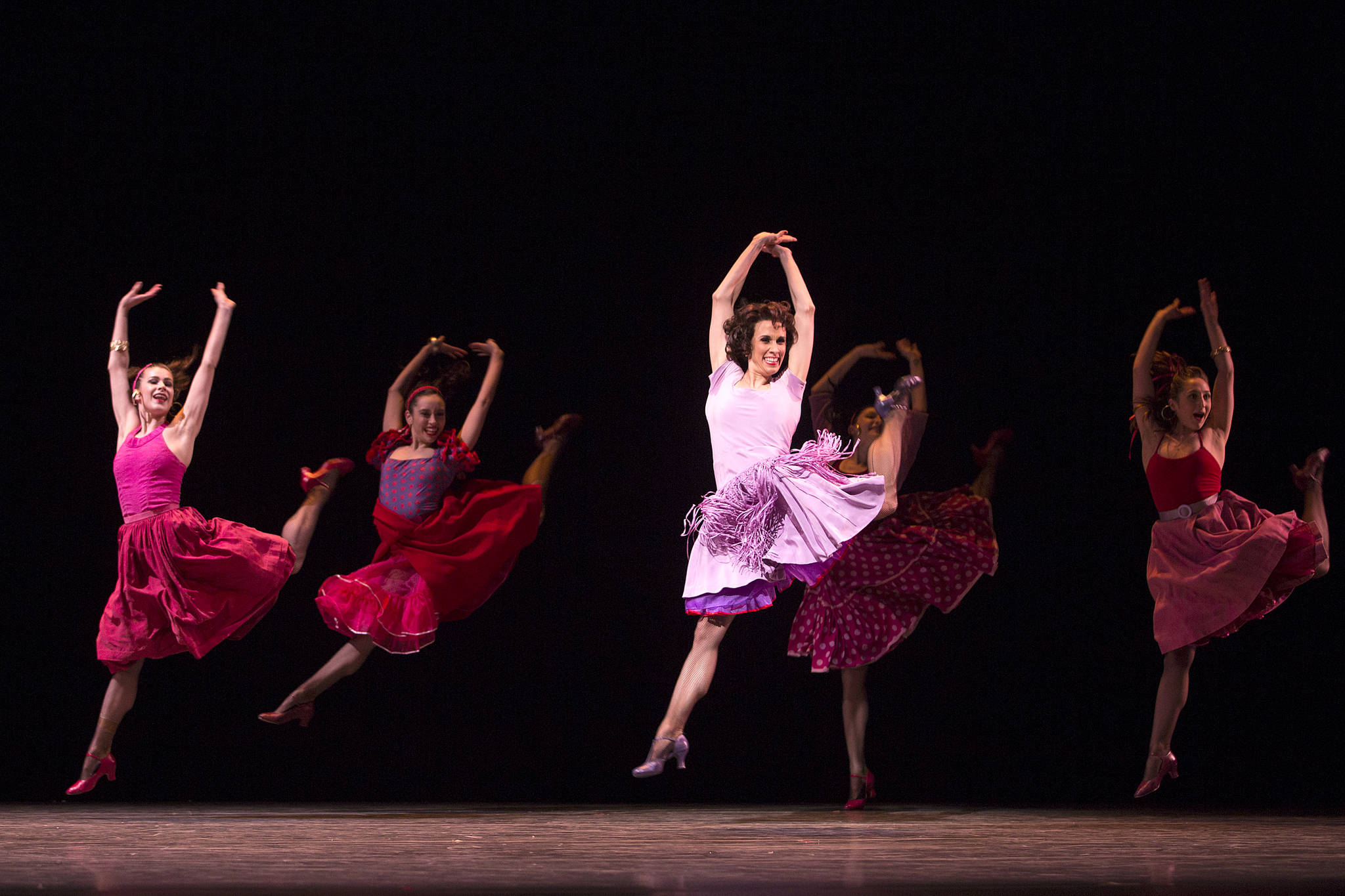TANGO TONIGHT
Pacific Northwest Ballet Mercer Arts Arena, 363 Mercer, 292-ARTS, $15-$110 7:30 p.m. Thurs.-Fri.; 2 p.m. and 7:30 p.m. Sat., April 18-20
WHEN AUTHOR Jorge Luis Borges said “the tango is a way of walking,” his tongue must have been at least a little in his cheek. The intricate stalking and intertwined gestures of the tango are as much like everyday walking as my son’s beginning attempts at double-digit subtraction are like calculus. They’re in the same family but are very distant cousins. Ballet, with its noble posture and articulate limbs, is a closer relative but still not a sibling, and the combination of the two in the Pacific Northwest Ballet’s (PNB) Tango Tonight doesn’t always produce a seamless pairing.
The tango is first and foremost a dance about a relationship, a dance for two. The call-and-response nature of the steps, with each foot placed in relationship to the partner’s, and the intense focus, blotting out the rest of the world, are hallmarks of the form. Even though the tango has a long theatrical history, it is still essentially a social dance, and so the relationship of the partners is paramount. Although you can take a couple apart, isolate certain movement qualities or steps, or copy rhythmic patterns, if you alter the connection between partners, you lose the heart of the dance. In tango, the partners dance for each other—in ballet, that attention is split with the audience.
In his new work “El Tango” Stephen Baynes has managed an easy balance between these differences. Although he creates several intriguing full-stage pictures, his 10 dancers maintain a much more intimate focus, delineating a kind of bubble in which they move. Even a standard position like an arabesque seems to have its polarities reversed, so that our attention travels from the ends of the limbs to the core at the center, rather than flung out into space as usual.
In one especially poignant duet, Kaori Nakamura and Olivier Wevers are literally twined around each other as they walk. Her outstretched leg seems to draw a circle around the two of them as he turns her, outlining their private space. A later duet for Ariana Lallone and Jeffrey Stanton includes some of the stereotyped elements of tango (haughty manners and imperious gestures) but plays more directly to the audience, making their encounter a public event: As they each advance and retreat, turn away and return, reach for each other and then spin apart, we can watch the progress of their relationship like we eavesdrop on a lovers’ quarrel.
Nicolo Fontes’ “Almost Tango” is just that; it nods to the dance form, borrowing some of its postures and gestures and referring to its history., while remaining something different. Throughout the work, Fontes returns to images of men dancing together; the women in this piece are often literally out of reach, dancing in a small alcove above the main stage. When they enter, they are sometimes passed from man to man, becoming commodities rather than humans. In one intriguing moment during a duet with Stanko Milov, Patricia Barker is shadowed by another woman whose doppelg䮧er hovers above and behind the couple, mirroring Barker’s steps. At several points, we wonder which is the real woman and which is the dream image.
Along with these two premieres, PNB has revived its 2001 production of Hans van Manen’s “Five Tangos.” The choreographer has borrowed some of the iconic material of tango, but the palpable relationship between partners in the original material is missing in this version. The feral quality has been replaced by the nobility of classical dancing, and the piece is the weaker for it.
The tango theme of the program is obviously a marketing concept. The company has been trying to make a virtue of necessity during its hiatus at the Mercer Arts Arena, acknowledging the more casual atmosphere of the hall with a similarly easygoing attitude of its own. Theme evenings like this, including the mini tango lesson offered during intermission by local teacher and performer Patricia Milillo, are one attempt to make ballet more accessible to a wider audience. But each of these dances would probably show better in a regular program, where they could be appreciated for their own strengths. By presenting them together, PNB forces us to look at them through the lens of the tango, and they do not always live up to the unique intensity of the original.








